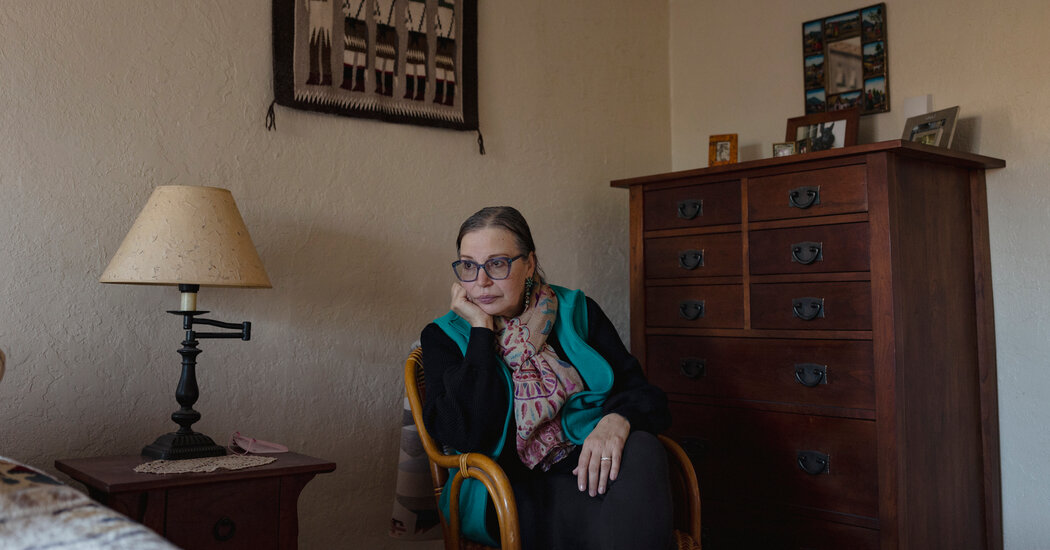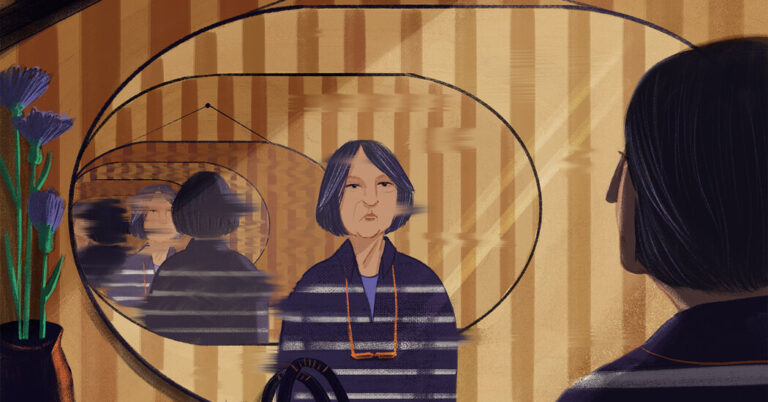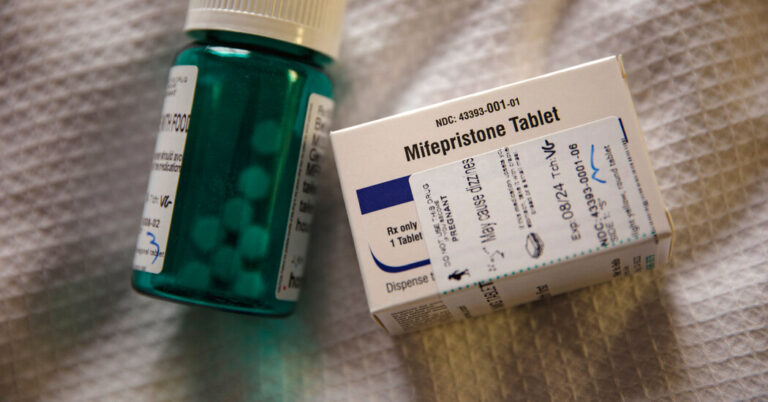Soon after being diagnosed with metastatic breast cancer, Virginia King sat in an outpatient clinic in Santa Fe, N.M., while a nurse injected her with a powerful drug to slow damage to her spine, where the disease had spread.
Even though the drug had a list price of about $2,700, the hospital that owned the cancer center billed Mrs. King’s insurance company $22,700. Her insurer paid $10,000, but the hospital wanted more. She got a bill for over $2,500 — “more than half my take-home salary for a month,” said Mrs. King, 65.
She had unknowingly sought care from a hospital that participates in a federal program allowing it to buy drugs at a steep discount and charge patients and insurers a higher amount, keeping the difference.
The intention behind the program was for a small number of safety-net providers to have access to affordable drugs and be able to expand their care for needy patients. But instead, the program has exploded: Now, more than half of nonprofit hospitals in the United States take part. While some providers say it has helped keep their doors open, others — especially large nonprofit health systems — have been accused of maximizing payouts and swallowing the profits.
The program’s escalation has driven up health care costs for employers, patients and taxpayers, studies show.
In 2023, for instance, New York changed the way it administers drug benefits for Medicaid patients, in part because the state had discovered the cost of the federal program had increased by more than 200 percent over three years, said Amir Bassiri, the state’s Medicaid director.
“$66 Billion in Sales”Established in 1992, the 340B program essentially requires pharmaceutical manufacturers to offer discounts on outpatient drugs to hospitals and clinics that treat a greater share of low-income and uninsured patients.
The hospitals then can charge insurers and patients the standard price and keep the profits.
Source link




